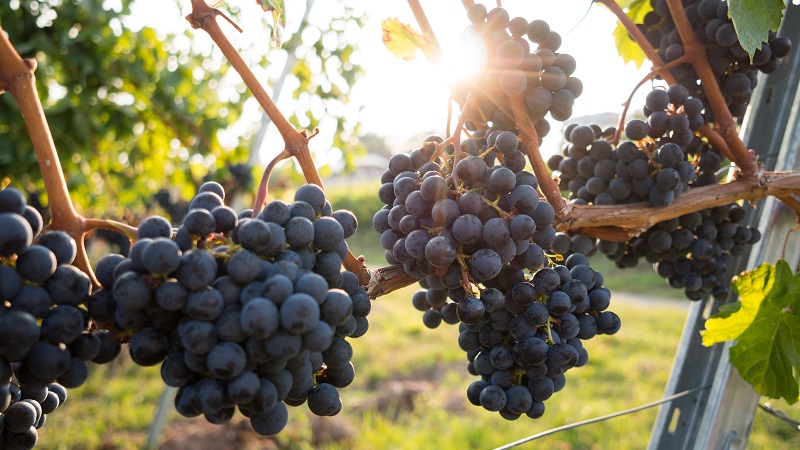Streamlining Food Safety Audits
One food-borne illness outbreak can devastate an entire industry, and no growing operation wants its customers getting sick. But while food safety audits have the best of intentions, they can mean confusion and headaches for growers who are facing dozens of different second and third party standards. “This wouldn’t be burdensome if any one audit would satisfy all customers,” says David Gombas, senior vice president, food safety and technology for United Fresh Produce Association. “Unfortunately, too many customers prefer or require one organization’s audits and do not trust or accept audits performed by another organization.”
The consequence, Gombas says, is that suppliers are forced to pay for and endure multiple audits. “Some companies, particularly those with short growing seasons, report having multiple audits in one week, sometimes by the same auditor performing audits under different standards,” he adds. “This raises costs without necessarily improving food safety.”
Coordinating Efforts
Last year, the United Fresh Food Safety & Technology Council (a volunteer group of 90 fresh produce technical experts) led a Global Conference on Produce Food Safety Standards. More than 300 people attended, listening to 18 food safety standard organizations describe their programs, resulting in the United Fresh Audits Benchmarking Matrix, just released in April.
Gombas says the goal of the Audits Benchmarking Matrix is to enable side-by-side comparisons of the third-party audit organizations and standards most commonly used by the U.S. produce industry. “One of the lessons learned from the Global Conference was that more than 90% of the produce food safety standards used by the different audit and standard organizations seemed to be the same, raising the hopes that harmonization to a single standard might still be achievable,” says Gombas. “This culminated in the Produce GAPs Harmonization Initiative, whose goal is ‘one audit, by any credible third party, acceptable to all buyers.’”
To work toward one harmonized food safety standard, the Produce GAPs Harmonization Initiative is inviting everyone to the table from the start, according to Gombas. A steering committee made up of representatives from all areas of the fresh produce supply chain has developed specifications for what a harmonized standard would look like.
Then, a technical working group (TWG) was commissioned to develop the standard based on the steering committee’s specifications.
- Specifications for a harmonized food safety standard
The TWG recognizes that each of the existing standards was developed by experts, so instead of developing a completely new standard, the group asked for permission to consider each of those sets of standards, then to choose the wording that best fit the harmonization efforts. “Thirteen standard owners ‘donated’ their standards for consideration, and many of them joined the TWG to ensure the intent of their standards was understood,” says Gombas. “Each month, the group takes on additional audit categories, reviewing the standards that exist, and selecting or blending them into a single document. Once an initial document is drafted, the TWG members will begin the process of ‘wordsmithing’ to ensure that the standards are auditable, scalable, flexible, appropriate to the scope of regions, commodities, and production practices that are to be included, and all of the other specifications described by the steering committee.”
A Harmonized Standard
The harmonized standard will include production practices, harvesting, cooling, packinghouse, transportation, and storage operations. “So far, the TWG is optimistic that a single harmonized standard is achievable, and will be delivered to the steering committee in September 2010,” Gombas says. “If the steering committee accepts the harmonized standard and instructs their audit organizations to use it, that alone would be a significant benefit to growers and handlers. They may still have a dozen audits a year, but the audits would all use the same checklist, thus avoiding the costs and confusion from differing and conflicting standards.”
In addition, the steering committee has asked for a single audit that would be acceptable to all buyers, Gombas adds. This would mean the development of not just a harmonized standard, but of a globally accepted audit process. “At the April 19 joint meeting of the steering committee and the TWG, it was decided that an operating group would be commissioned to consider how the harmonized standard would be used, maintained, and revised,” he says.









